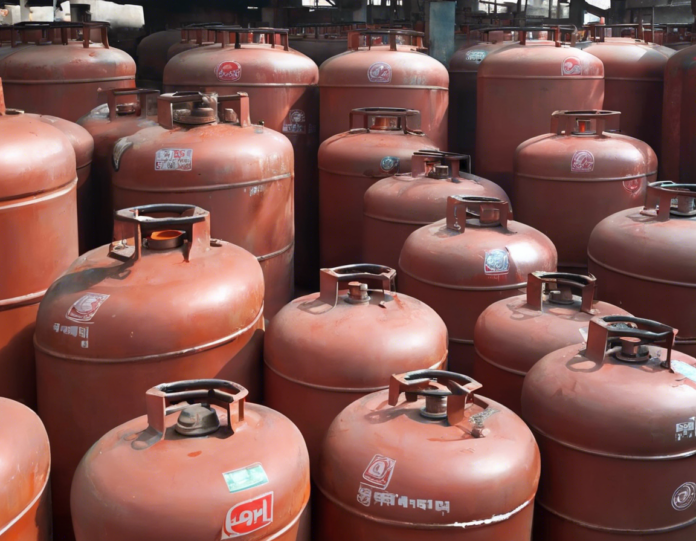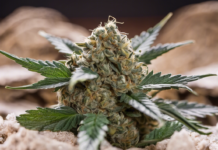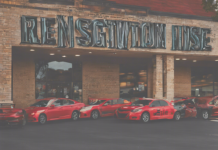Introduction
Liquefied Petroleum Gas (LPG) is a widely used source of energy for households, businesses, and industries worldwide. It is a convenient and clean-burning fuel that is commonly used for cooking, heating, and other applications. The prices of LPG gas cylinders can vary based on a variety of factors, including global oil prices, local taxes, transportation costs, and government subsidies. In this comprehensive guide, we will explore the factors influencing LPG gas cylinder prices and provide insights into how consumers can understand and manage these costs effectively.
Factors Influencing LPG Gas Cylinder Prices
1. Global Oil Prices:
The price of LPG gas cylinders is heavily influenced by global oil prices. Since LPG is a byproduct of both crude oil and natural gas production, fluctuations in oil prices on the international market can have a significant impact on the cost of LPG. When oil prices rise, the cost of producing LPG also increases, leading to higher prices for consumers.
2. Exchange Rates:
Exchange rates play a crucial role in determining the final price of LPG gas cylinders. Since crude oil is traded in US dollars, any fluctuations in currency exchange rates can impact the cost of imported LPG. A weaker local currency can lead to higher prices for consumers, as the cost of importing LPG becomes more expensive.
3. Government Subsidies and Taxes:
Many governments around the world provide subsidies on LPG to make it more affordable for consumers. These subsidies can help stabilize prices, especially in regions where LPG is widely used for cooking and heating. On the other hand, taxes imposed on LPG can also significantly impact its final price. Higher taxes usually lead to increased prices for consumers.
4. Transportation Costs:
The cost of transporting LPG from refineries to distribution centers and ultimately to consumers can also affect LPG gas cylinder prices. Factors such as distance, infrastructure, and logistics can influence transportation costs, leading to price variations in different regions.
5. Supply and Demand Dynamics:
Like any other commodity, LPG gas cylinder prices are influenced by supply and demand dynamics. Factors such as seasonal variations in demand, production capacities, storage levels, and geopolitical tensions can all impact the balance between supply and demand, thereby affecting prices.
Managing LPG Gas Cylinder Costs
1. Compare Prices:
Consumers can compare prices from different LPG suppliers to find the best deal. Online platforms and mobile apps can be useful tools for comparing prices and exploring discounts or promotions offered by various suppliers.
2. Efficient Usage:
Practicing energy-efficient habits, such as using energy-efficient appliances, maintaining proper burner settings, and ensuring good ventilation, can help reduce overall LPG consumption, leading to cost savings in the long run.
3. Bulk Purchases:
Buying LPG gas cylinders in bulk quantities can sometimes result in discounted prices from suppliers. However, consumers should ensure they have adequate storage facilities and usage requirements before opting for bulk purchases.
4. Regular Maintenance:
Regular maintenance of LPG appliances, such as gas stoves and regulators, can improve their efficiency and safety. Well-maintained equipment consumes LPG more efficiently, thus reducing overall costs.
5. Government Schemes and Subsidies:
Consumers should stay informed about government schemes and subsidies available for LPG to benefit from cost-saving opportunities. These schemes are aimed at making LPG more affordable for low-income households and can help mitigate price fluctuations.
Frequently Asked Questions (FAQs)
1. Are LPG gas cylinder prices the same across all regions?
No, LPG gas cylinder prices can vary across regions due to factors such as transportation costs, taxes, and local regulations. Prices may differ between urban and rural areas as well.
2. How often do LPG gas cylinder prices change?
LPG gas cylinder prices can fluctuate depending on global oil prices, exchange rates, and other factors. In many countries, prices are periodically revised by government authorities or LPG suppliers.
3. Can consumers negotiate LPG gas cylinder prices with suppliers?
While negotiation may be possible in some cases, LPG prices are generally regulated by market forces and government policies. Consumers can explore discounts or promotions offered by suppliers instead.
4. What is the typical lifespan of an LPG gas cylinder?
LPG gas cylinders have a lifespan of around 15-20 years, depending on usage and maintenance. It is essential to follow safety guidelines and conduct regular inspections to ensure the cylinder’s integrity.
5. How can consumers check the weight and quality of an LPG gas cylinder?
Consumers can check the weight and quality of an LPG gas cylinder by looking for the IS (Indian Standard) mark, tare weight, and filled weight mentioned on the cylinder. They can also verify the seal and safety features to ensure compliance with standards.
6. Are there any eco-friendly alternatives to LPG for cooking and heating?
Yes, eco-friendly alternatives to LPG for cooking and heating include electric induction cooktops, solar cookers, and biomass briquettes. These alternatives reduce carbon emissions and promote sustainable energy practices.
Conclusion
Understanding the factors influencing LPG gas cylinder prices and adopting cost-effective measures can help consumers manage their energy expenses efficiently. By staying informed about market trends, government policies, and energy-saving practices, consumers can make informed decisions to optimize their LPG usage and expenditure. Regular maintenance of appliances, exploring discounts, and utilizing government subsidies are effective strategies to navigate price fluctuations and ensure affordable access to clean and convenient energy sources like LPG.








